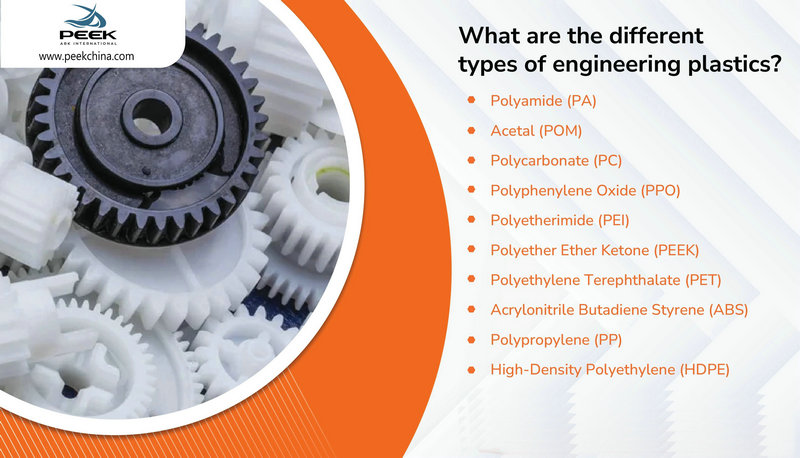
Overview of High-Performance Engineering Plastics
High-performance engineering plastics are a class of materials with outstanding integrated performance, capable of long-term use at temperatures above 150°C. This category includes polymers like Polyphenylene Sulfide (PPS), Polyimide (PI), Polyetheretherketone (PEEK), Liquid Crystal Polymer (LCP), and Polysulfone (PSU).
Compared to general engineering plastics, these high-performance variants offer superior thermal resistance, mechanical strength, fatigue resistance, creep resistance, and chemical resistance. They're widely applied across aerospace, defense, electronics, automotive, home appliances, transportation, medical devices, precision instruments, and machinery manufacturing.
Polyimide exhibits excellent resistance to radiation, chemicals, high and low temperatures, and boasts remarkable dielectric and mechanical properties. Its heat resistance exceeds 300°C, with decomposition temperatures reaching over 500°C. It is used extensively in aerospace, electronics, energy, and national defense industries. PI materials also demonstrate strong resistance to acids and low smoke generation.
This class includes PEEK and PEKK:
PEEK offers outstanding insulation, chemical resistance, radiation resistance, and biocompatibility. It is widely used in clinical surgical implants and can be reinforced with carbon fiber for added thermal and mechanical stability.
PEKK has a high melting point (300–360°C), excellent chemical and thermal stability, and performs well in extreme environments such as aerospace and oil & gas. It's compatible with 3D printing and carbon fiber reinforcement.
PPS features a rigid yet flexible structure due to alternating benzene rings and sulfur atoms. It offers high crystallinity (up to 70%), a melting point of 280–290°C, low moisture absorption, and superior dimensional stability. It’s known as a cost-effective alternative to PEEK and is widely used in electronics, automotive, and aerospace sectors.
LCP is a high-performance aromatic polyester with excellent flow properties, making it suitable for ultra-thin components. It is resistant to heat (up to 150°C), chemicals, and fatigue. Applications include electronics (e.g., antennas, flexible circuits), high-speed data cables, and medical components.
These amorphous thermoplastics include:
Amber transparent, excellent stability, dielectric properties, and chemical resistance.
Better high-temperature and chemical resistance, widely used in medical and food-grade applications (e.g., baby bottles, sterilization trays).
Excellent film-forming properties, high thermal stability, and transparency, used in water filtration, kitchen appliances, and safety gear.
PPA combines aliphatic diamines and aromatic diacids, offering high heat resistance, dimensional stability, and mechanical strength. It is used as a performance bridge between standard polyamides and ultra-high temperature polymers like PEEK.
PA6T, PA4T, PA9T, PA10T, PA12T
Used in electronics, automotive (EGR valves, connectors), and LED reflectors.
From 2020 to 2024, the global market grew from ¥65.2 billion to ¥94 billion, with a CAGR of 9.58%. China’s market grew even faster at 16.9% CAGR, driven by aerospace and advanced manufacturing.
In China, PPS, PSU, LCP, and high-performance polyamides dominate the market. Though their consumption volume is only 0.1% of total plastics, their market value accounts for 2% of all plastic materials.
Key areas of future focus:
Improving industrial production quality and scale.
Bridging material gaps through R&D collaboration.
Reducing costs by solving raw material bottlenecks.
Advancing material modification and application technologies.